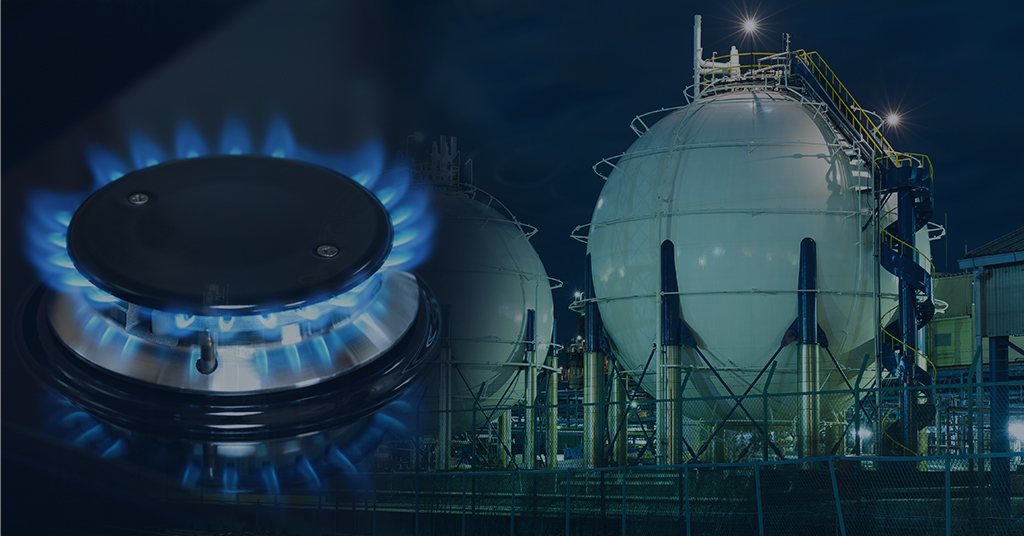Price Drop in 1-Hexene Signals Potential Global Economic Slowdown
- 18-Aug-2023 11:40 AM
- Journalist: Harold Finch
1-Hexene prices declined after two stable months in July 2023. Previously the prices fluctuated but showed a bullish trend for over three quarters. The price of 1-Hexene increased from USD 1610/MT in September 2022 to USD 2336/MT in May 2023 in South Korea. In this context, the price decline of 1-Hexene seems significant.
1-Hexene is a Linear Alpha Olefin produced by the oligomerization of ethylene. It is then majorly used to produce Polyethylene- High-Density Polyethylene (HDPE) and Linear Low-Density Polyethylene (LLDPE). 1-Hexene in small quantities is also used to produce dyes, flavors, and resins.
In Asia Pacific markets, the price of 1-Hexene decline is attributed to, by many experts, the Chinese weak economic recovery. Experts have stated that China is one of the biggest consumers of 1-Hexene and the world's largest producer of downstream polyethylene grade polymers. Previously, market participants reported that China's oversupply of polyethylene to the world, which is facing a demand constraint due to high inflation, lower growth prospects, and unprecedented unemployment, will bring down the prices in the future. 1-Hexene price decline seems to be a response to that call. On the supply side, it was reported that Bora LyondelBasell's downstream HDPE plant was shut off in July, triggering a supply deficit in the domestic market. 1-Hexene inventories remained strong in China and other Asian countries to fulfill the expected demand from the polymer industries. On the other hand, Korean Markets reacted favorably to the 1-Hexene prices. Bullish sentiments were observed in Korean markets because of improved economic performance reflected in retail sale volumes showed a positive trend in the domestic markets in almost all segments.
In European and American markets, the prices of 1-Hexene decline are attributed to the monetary tightening and recessionary pressures triggered by high gas prices and disrupted supply chains. INEOS reported that 'Overall demand in the Oligomers business was solid across the product portfolio, with particular strength in co-monomers in Q2 2023, which is also reflected in the pricing of 1-Hexene in Europe. Economists have asserted that the price differential of 1-Hexene between the European markets and Asian markets for the H1 2023 was primarily due to high inflationary pressures in Europe, whereas China, India, and other Asian economies were shielded from the inflationary pressure by Russian oil discounts. In July 2023, European 1-Hexene inventories remained on the lower end while the energy prices again began to rise. The prices of 1-Hexene showed a decline, and the Market participants have taken the position that 'energy price rise is corroborated with the constricted supply of natural gas for heating purposes which also results in the unavailability of crucial upstream produces like ethane and other derivatives.' Europe's demand for downstream plastics will marginally decline until winter hits Europe. North American olefin market (includes 1-Hexene) shows a similar trend as monetary tightening has led to reduced consumption in the domestic market, and the Inflation Reduction Act 2022 has led to a decline in trade with global partners as it focuses on preferring North American markets. INEOS North American division reported weaker ethylene markets have translated into weaker linear alpha olefin pricing, including 1- Hexene.
Many global economists and supply managers believe that China's leverage on the global 1-Hexene market is risky. Experts argue that nations like India and Vietnam may choose to build their own production facilities on their shores to reduce dependence on imports.


